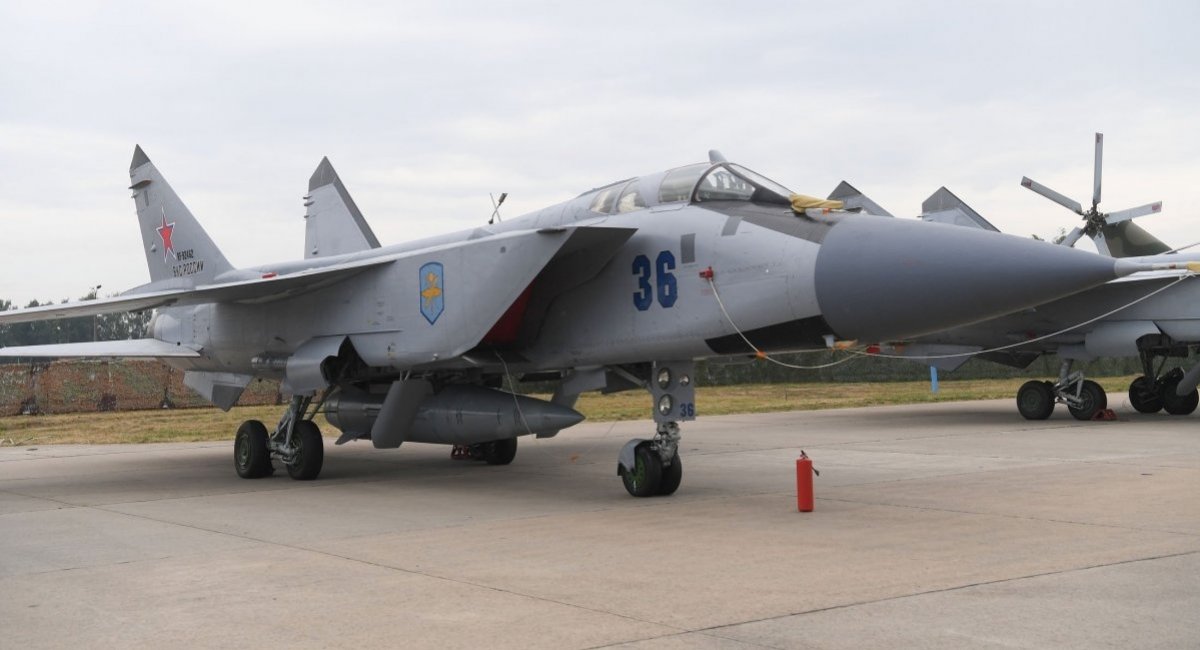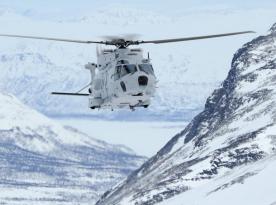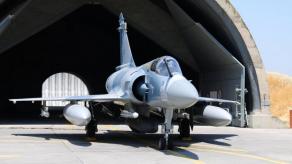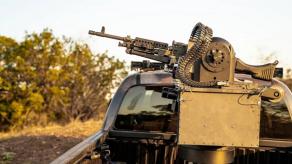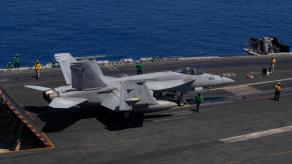Experts on social networks have recently argued that the Western sanctions against the russian military-industrial complex had supposedly worked at such deep levels that now the russians have no engines for the MiG-31 aircraft. This, they add, has resulted in the decreased activity of this aircraft lately, manifesting in much less air raid alerts across Ukraine.
However, after a long break, the russian forces again took their MiG-31K, a special modification enabling Kinzhal aeroballistic missile launches, to the air on February 24, 2025. The contrast to earlier predictions spread anxiety throughout Ukraine, so Defense Express would like to clarify the nuances related to servicing MiG-31s and their engines.
Read more: How russia's MiG-31 "Aviation Spetsnaz" Shrank From 500 Down to 140 Aircraft
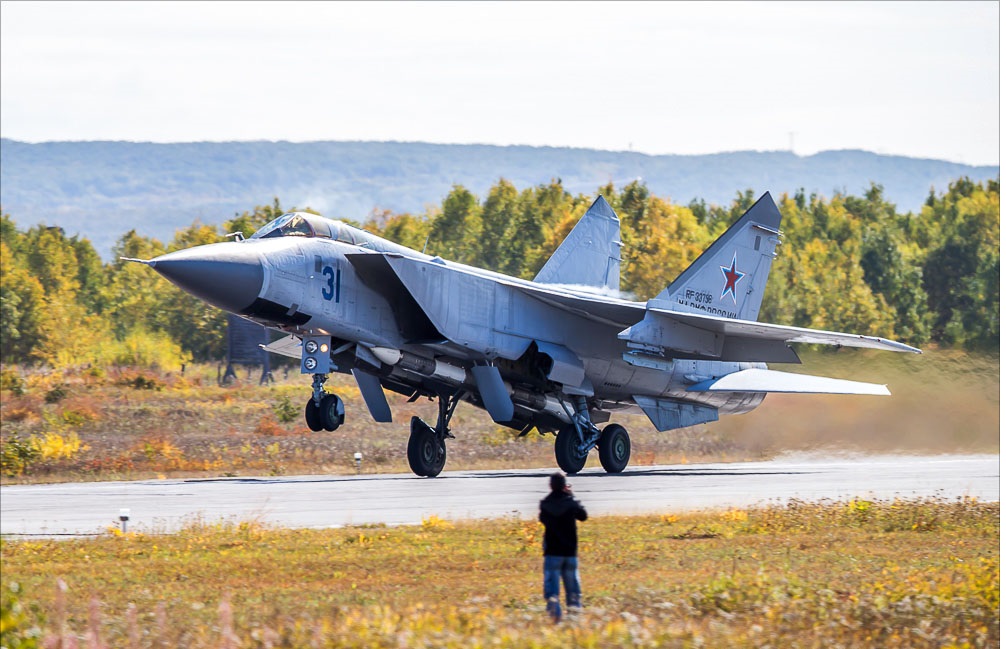
Firstly, the fact that MiG-31Ks have resumed flights already suggests that problems with engine supply are not as dire as portrayed, for once because the power plants can always be repaired through cannibalizing other engines for spare parts.
But if we delve deeper into the issue, the general picture is even less optimistic. In fact, the theory about MiG-31K engine problems stems from observations of decreased sortie frequency as of late: from January 1 February 26, 2025, only twice had the Ukrainian Air Force sounded the alarm due to MiG-31K activity, warning of a potential preparation for a Kinzhal missile strike. These instances dated January 8 and 25. The untypically low activity created the impression that the russians have been experiencing technical troubles with the aircraft.
Open sources contain data that MiG-31 aircraft of all variants are equipped with D-30F6 jet engines, currently out of production. Interestingly, the D-30F6's mean time to repair is only 300 hours, meaning these engines need maintenance or repairs quite often. That was probably what led to the assumption that russian MiG-31Ks are short on engine supplies, especially since russian aerospace forces had used them so often throughout the war against Ukraine.
We should also note the following: back in 2014, representatives of the russian military-industrial complex stated there were as many as 1,500 D-30F6 engines were stockpiled in warehouses, granting a stock enough to satisfy the demand for another 20 to 30 years without the need to manufacture new engines; followed by a declaration in May 2024 by the UDK-Perm Motors company of its readiness to resume production of the D-30F6 precisely because this reserve was running out.
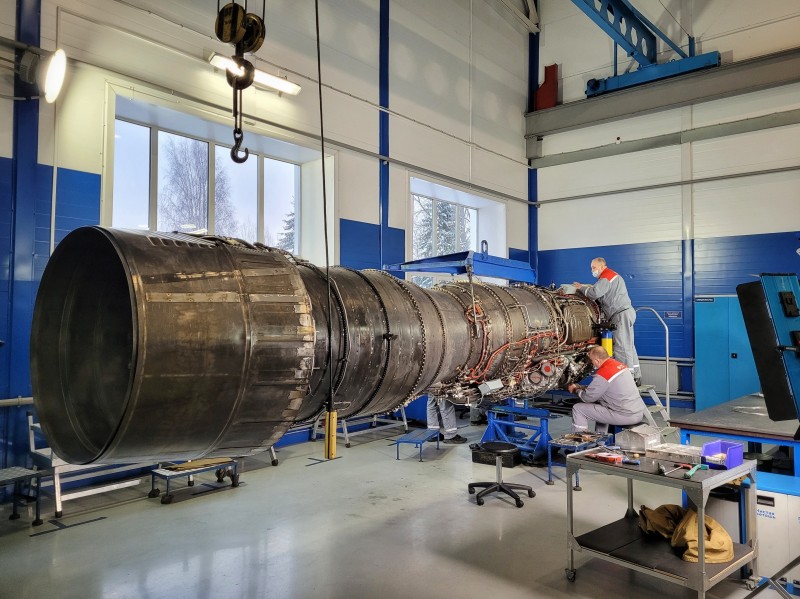
However, there's an important nuance. In addition to the specially modified MiG-31K, the standard carriers of the Kinzhal missiles, russia also operates MiG-31B/BM interceptor aircraft, which are an important asset for countering Ukrainian aviation at long ranges. Maintaining a fleet this large is certainly difficult for the russian military industry.
Another illustrative example is Kazakhstan as the only foreign operator of the MiG-31 with 30 to 50 aircraft of this type inherited from the USSR. The nation kept these interceptors in service for prestige but ultimately decided to decommission them by 2024 due to technical issues.
According to the The Military Balance 2024 analytical study, as of early 2024, russia had up to 90 MiG-31 interceptors in the russian Aerospace Forces and another 30 in naval aviation. In addition, russians possessed 24 MiG-31K aircraft — up from 12 recorded at the beginning of 2022. The increase suggests that russia, in parallel with keeping the baseline MiG-31 interceptors in service, is even trying to increase the fleet of air-launched ballistic missile carriers of the -K modernization.

Next, russia may still have an indefinite number of MiG-31 aircraft mothballed and use them as donors of spare parts or even try to refurbish them and put back into service. The basic estimate of the possible number of MiG-31s in storage ranges between 130 and 150 aircraft but the actual figure may be lower.
In one of our previous articles, Defense Express underscored how russia's MiG-31 "Aviation Spetsnaz" fleet shrank from 500 down to 140 aircraft. The complexities of sustaining this aircraft as well as more banal factors like negligence described in this text explain why the russians put so many of their MiG-31s in storage in the first place. To put it simply, russians have a certain buffer stock of resources to upkeep their fleet of MiG-31K and MiG-31B/BM interceptors, and they can live off this reserve for a long time.

Now as for why the russian air forces deployed near Ukraine scale back their demonstrative flights, the answer may lie in the plane of the doctrine that prescribes the use of aeroballistic and hypersonic missiles. After all, russia believes that such missile weapons should leverage the surprise attack factor. It is conceivable that the aggressor switched tactics from applying psychological pressure with regular MiG-31K flights toward an intended halt in order to strike with Kh-47 Kinzhal missiles at the most unexpected moment.
Read more: New V-BAT Drones in Ukraine: Shield AI Declassifies Their Use in the Unmanned Systems Forces



